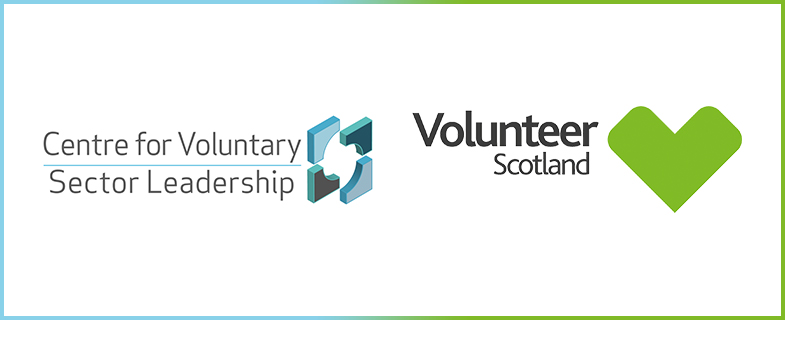‘I want to feel welcomed and encouraged’ activity
When planning an induction process, the main thing you want to avoid is overwhelming a new volunteer with too much information. There are some key areas to consider and prioritise, which you will consider in the next activity.
Activity 5
Listed below are key questions to help you plan your induction process. Reflect on these and make notes in your learning journal.
- What? Write on post-it notes all the things you think a volunteer needs to know as they get started. Make sure you cover both information on the group or organisation and details for them to be effective in their role. Think about how you will also create space for people to express their own interests and get to know others in the group or organisation.
- When (priority)? Re-order your post-it notes to prioritise when on the volunteers’ ‘getting started’ journey you will share the information. Consider what is important enough that you want to make sure you cover it on day one, and what is less urgent.
- How? Induction is a process rather than an event. So, are you going to bring everyone together face to face to cover the top priority information? Or could some aspects be undertaken online or even read in a volunteering handbook? Does specific training need to be undertaken before starting, or could it be picked up ‘on the job’? You could also consider involving a longer-term volunteer as a buddy or mentor for people starting out. Considering these questions will also tell you the length of your induction period.
- When (delivery)? You also need to consider when the induction will be delivered. If you have asked a volunteer to make a monthly commitment on a Saturday, you can’t expect them to be available on a Monday and a Tuesday for two full days of induction.
- Where? For some groups or organisations you will also need to consider where you hold your induction to make it accessible for volunteers.
Discussion
The Kilmaurs Gala Committee favour an informal induction process where ‘volunteers shadow each other to learn the role, so the more experienced volunteer will show the new volunteer what to do’. The volunteers endorsed this approach saying, ‘I was greeted at the door; everyone is very supportive and welcoming’ and ‘I learned from others and they showed me what to do’.
In this video, Tania describes the process of getting started at GALE, including an informal chat, organisation induction and role-specific tasters and induction.

Transcript: Tania, Volunteer Co-ordinator, GALE. All rights reserved.
Here, James talks about his collaborative approach to developing induction at LGBT Youth Scotland, including using post-it notes to help prioritise what to include.

Transcript: James, Volunteering Manager, LGBT Youth Scotland. All rights reserved.
In this video, James talks about how they designed their induction as a national organisation.

Transcript: James, Volunteering Manager, LGBT Youth Scotland. All rights reserved.
3.2 ‘I want to feel welcomed and encouraged’
